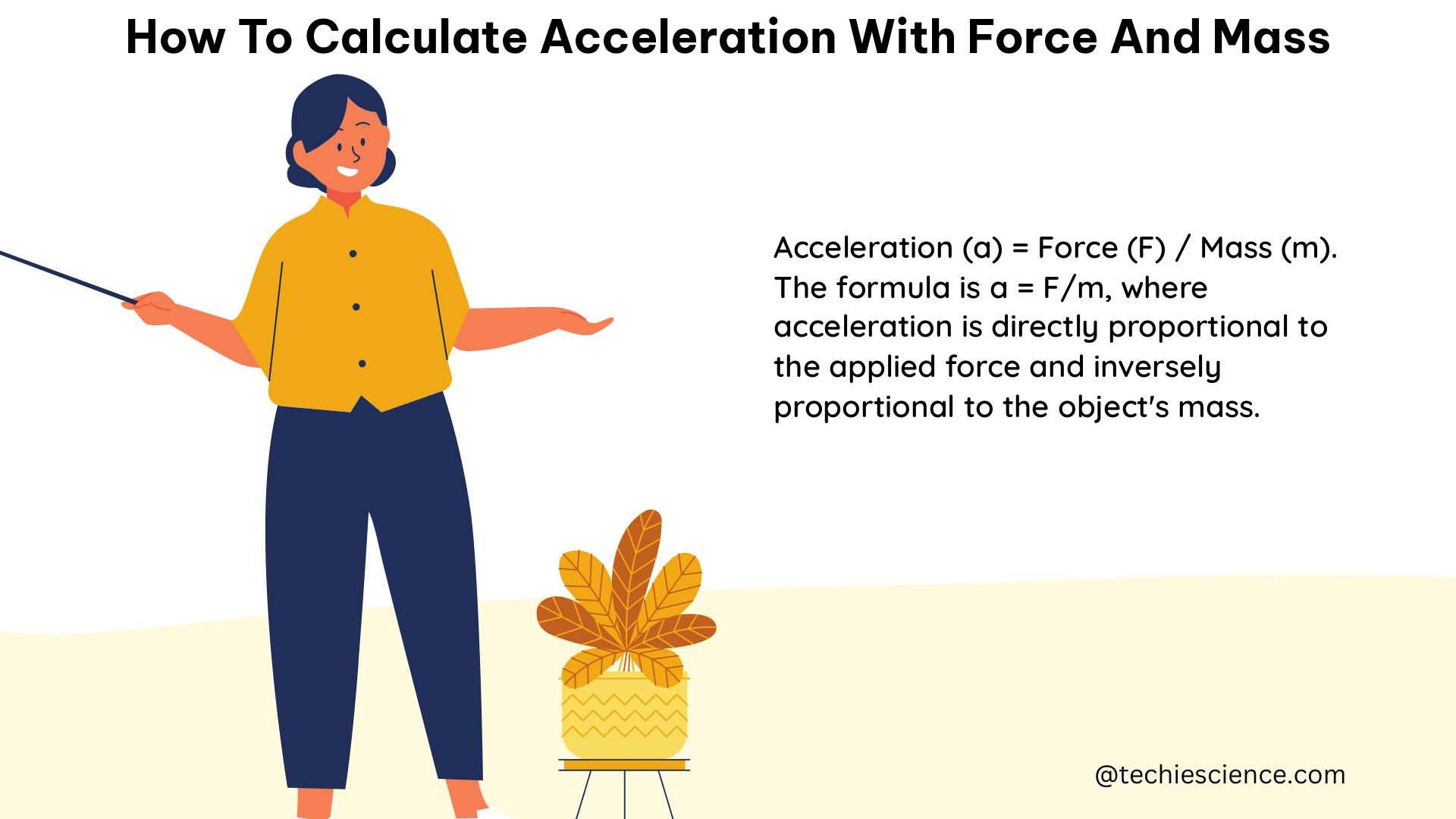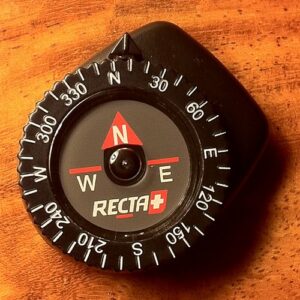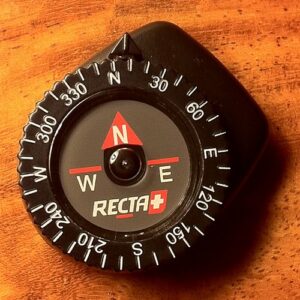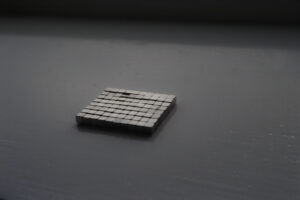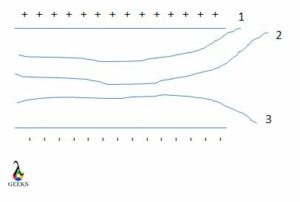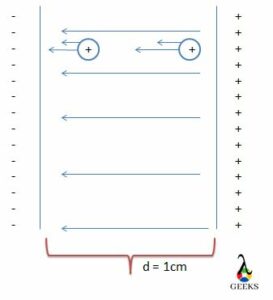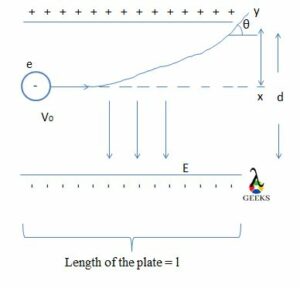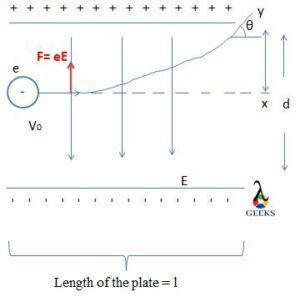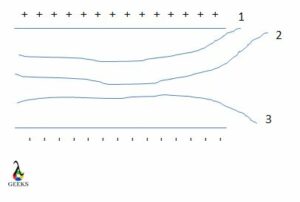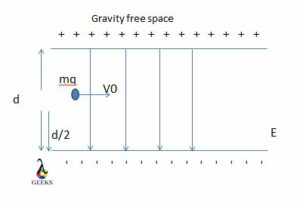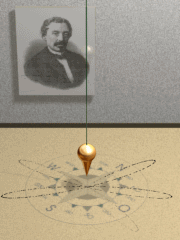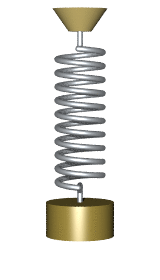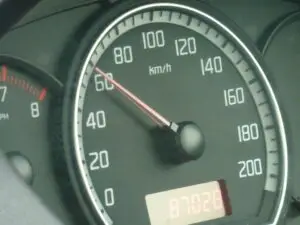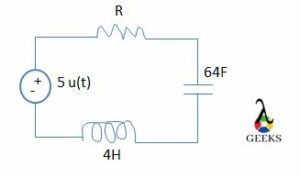How to find acceleration with coefficient of friction is another important and conventional topic that needs to be dealt with. It is a factor that enhances acceleration in a particular way possible.
When a body is in motion, it will continue to in the same until a force acts upon it that changes the object’s dimensions. So this process will go on unless a speed is increased or decreased.
Once the object changes speed, it will either be accelerated (positive) or decelerated (negative), usually in the opposite direction of the action of motion. The change in speed is also known as velocity in physics terms.
The change in speed happens at a different time, and hence this will influence the acceleration of the body in motion either positively or negatively. A sudden jerk in the system gives the acceleration a change also.
When a body is under motion, there are several factors that influence and one of those is acceleration, which will be affected by the term called friction. Slowly we will be dealing with finding acceleration with coefficient of friction.
We can keep talking about acceleration in so many ways, but when another factor affects the acceleration, we need to focus on that. Friction is fundamentally the factor present between the body and the active surface.
Understanding of friction and coefficient of fiction
Let’s first understand friction and the coefficient of friction before diving into detail. Friction is the force that opposes motion, whether in walking, running, or other activities. It arises from a factor present between an object and the surface, known as the frictional force, which enables movement.
Friction varies with the surface texture: it’s higher on rough surfaces and lower on smooth ones. Consequently, as friction increases, acceleration decreases, and vice versa. This basic principle is fundamental in understanding motion.
Now, what is the coefficient of friction? It’s a dimensionless ratio of the normal force to the frictional force, influencing a body in motion. It plays a pivotal role in determining how much force is needed to move an object.
Several factors contribute to a body’s movement, primarily the change in speed, or velocity. The overall net force, which includes external forces and friction, significantly affects movement. The coefficient of friction quantifies this effect.
Being a ratio, the coefficient of friction is dimensionless. Its value typically ranges from a minimum of 0 to a maximum of around 0.5, although it can exceed 1 in some cases. Understanding this coefficient is crucial for comprehending the forces required for the motion of any object.
How to find acceleration with coefficient of friction
Knowledge about the formula to find the acceleration is required. As per Newton’s Second Law, the acceleration is proportional to the force and indirectly proportional to the mass of the object.
Hence, we derive it as a = F / m. this is the formula for basic acceleration without any attributes. When friction is acting upon the body and motion of it, the type of surface is also equally important.
So the formula is changed according to the coefficient of friction, ![]() is known as the coefficient of friction, and this will indicate the amount of force required to move the body further in motion.
is known as the coefficient of friction, and this will indicate the amount of force required to move the body further in motion.
Let us see how this is using a better example. Rightward friction of 10N is applied on a 7kg weighing body. It is allowed to accelerate on a rough surface. The force of friction has a value of 0.3N. Now calculate the acceleration of the object.
a = (20 – 0.3) / 7
a = 19.7/7
a = 2.81 ms-2
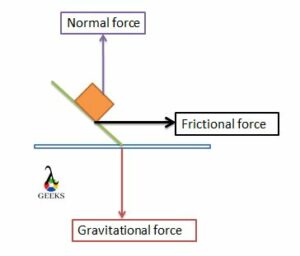
So this is how to find acceleration with coefficient of friction. But where the use of coefficient of friction is is the question. We will deal with that too. In the question, the friction force constant is directly given.
The frictional force and the force of normal will not be given explicitly but using friction coefficient the values can be drawn. From the data given, we must calculate the coefficient of friction to apply it to the formula and find the acceleration.
Problem on how to find acceleration with coefficient of friction

Problem:
An 1100kg of the car with a coefficient of friction having value μ = 0.95 concerning the tires. Now determine the acceleration. It moves with a force of 880N.
Solution:
We need to understand this problem using a free-body diagram. Now let us dive into the motion of the car and the kind of forces acting upon it. Since the car is in motion, it will experience as many forces as possible.
We know that by default, a normal force acts on the body; now, since it is in motion, a frictional force acts as well.
The value given for the coefficient of friction is μ = 0.95. Here we need to find the frictional and normal forces since the coefficient of friction value is already given.
We need to note that normal force is equal to the gravitational force. It is known that the force of gravity is 9.8ms-1. And now, that value multiplied by the mass gives the normal force. Fn= 1100×9.8 = 10780.
Force of friction is the coefficient of friction times the normal force. Hence ff =10241. Now that force of friction is found next step is to find the acceleration. The frictional force is also considered as the net force.
a= f/m
a= 10241/1100
a= 9.31ms-2
Frequently Asked Questions
How do you find velocity with friction?
Since acceleration could be found with friction, velocity could also be found since it is nothing but speed change.
First, we need to know the initial velocity and the force of gravity. So the velocity with friction is found by the formula, initial velocity minus the coefficient of friction times the force of gravity and the time given. v(t) = v₀ – μg t
How to find the coefficient of friction?
The coefficient of friction is the factor that is present between the body under motion and the surface with which it is in motion.
The formula for coefficient of friction is, μ = (frictional force) / (force of normal). Another point to be noted is that the frictional force is sometimes equal to the net force acting on the body, which makes it easier to calculate the acceleration. The normal force is calculated by multiplying the force of gravity and the mass of the body.
What are the different types of friction?
Static and kinetic friction is the two different types that come under one topic of friction.
Static friction is known as friction when a body is not under any motion. It is evident from the word static itself that nothing is in motion. In such cases, the friction found is called static friction. When a body moves away from its equilibrium it is also due to friction and that kind is called as kinetic friction. The static and kinetic friction differs according to the cases, and conditions are given.
Why static friction is called so?
Static friction is called so because it is the force that opposes the body that is not under motion.
When a body does not move and stays in an equilibrium position, the kind of friction acting on the body is called static friction. This friction always acts in the opposite direction to force acting along with the body’s motion even when not in action.
Also Read:
- How to find centripetal acceleration
- Centripetal acceleration and radius
- Tangential acceleration formula
- How to find acceleration in free fall
- How to find acceleration with angle and coefficient of kinetic friction
- How to find centripetal acceleration with radius and time
- How to find normal force with acceleration
- How to find acceleration in circular motion
- How to find acceleration due to gravity using simple pendulum
- How to find acceleration from quadratic equation





